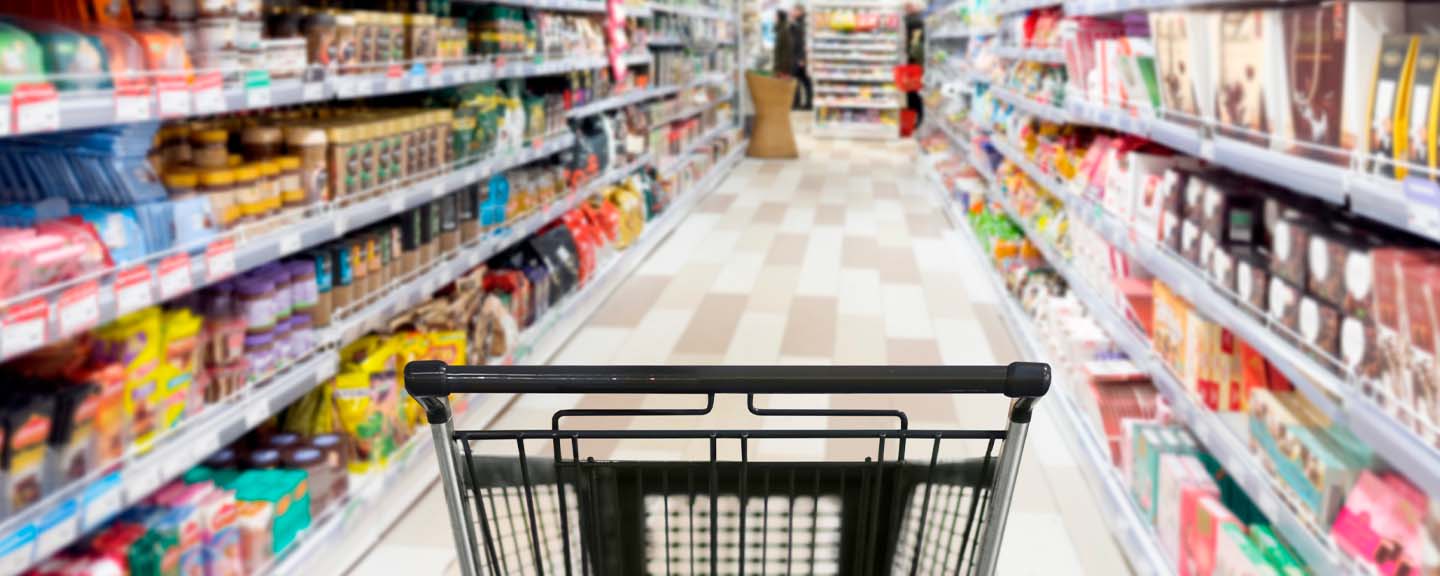 Business
Causes of the Global Semiconductor Shortage and its Impact
Business
Causes of the Global Semiconductor Shortage and its Impact
To keep stores full and kitchens supplied with food, the logistical masterpiece called the global food supply chain links farmers, processors, distributors, retailers, and buyers in an intricate, perpetual cycle of manufacturing, processing, and shipping.
Considering the limited resources available to produce food and keep the supply chain running, the food sector is under constant pressure to increase its sustainability.
But can the pressure of rational resource use, minimizing waste, and non-linear business models transform the supply chain? What are the challenges faced by stakeholders?
Let’s dive into this topic to learn if businesses really do find it difficult to gain a competitive edge by incorporating environmental practices into supply chain management.
Defining the food supply chain
Before a meal reaches someone's table, it passes through numerous processes in completely different locations and environments.
The food supply chain represents the list of all the steps involved in creating and distributing food to consumers and retailers (cultivation, processing, packaging, delivery, disposal).
This chain is full of interesting and sometimes shocking statistics when it comes to its relationship with the environment. Let's explore the numbers.
Global food market and food supply chain statistics
Did you know that the destruction of habitat caused by agriculture puts over 80% of all vulnerable terrestrial birds and mammals in jeopardy? Here are more statistics to be aware of:
- At the global level, there are over 600 million farms. Furthermore, fisheries and aquaculture employ around 60 million people.
- By 2029, it is predicted that the food market will reach a volume of 3,087 billion kg.
- Approximately 30% of the food produced worldwide is lost or wasted along the food supply chain.
- Global trade accounts for 27% of emissions attributed to agriculture and 26-39% of emissions caused by deforestation.
- Land use modifications, such as clearing forests to make way for farms, and primary agriculture account for over 60% of GHG emissions.
Note that each step in the food supply chain has a crucial role, not just in feeding people but also in influencing environmental sustainability.
Issues with implementing sustainable practices within multi-tier food supply chains
A multi-tier supply chain is a worldwide supply chain that includes numerous layers of suppliers as well as suppliers of suppliers:
- The buyer (be it retailer or vendor) may interact firsthand with numerous suppliers (also referred to as Tier 1).
- Each of these businesses has its own suppliers (referred to as Tier 2).
- Tier 2 suppliers may also have separate suppliers (Tier 3), and so forth.
Concerns about how second-, third-, and fourth-tier suppliers affect sustainability scores and practices are growing. The cause of supply chain sustainability-related problems is often attributed to lower-tier suppliers, particularly in nations with less stringent regulations.
Being more sustainable involves both financial and non-financial expenses for businesses. Meeting sustainability standards involves reforming a system and each of its elements.
For instance, to fulfill sustainability requirements, businesses must eliminate specific materials and resources, and certain methods of operation.
Here are just a few examples of practices that need to be eliminated:
Materials:
- Single-use plastics (plastic straws, packaging, etc.)
- Toxic chemicals (pesticides, solvents, etc.)
- Synthetic fabrics (polyester, nylon, etc.).
Resources:
- Excessive water use (especially in agriculture and manufacturing)
- Fossil fuels (coal, oil, and natural gas for energy)
- Land degradation (ex. deforestation).
Methods of operation:
- Overproduction
- High-emission manufacturing processes (ex. cement production)
- Excessive packaging (especially non-recyclable materials which lead to waste)
- Unethical labor practices (employee exploitation, unsafe working conditions, inadequate wages, etc.).
Factors limiting the adoption of environmentally friendly practices
1. The existing knowledge gap (The multi-tiered food supply chain's intricate interconnection can impede the spread of information about sustainability. Businesses tend to concentrate on what they consider to be significant while knowing less about other sections of the chain)
2. The high cost of sustainability (costs for research, the development and installation of solar panels and wind turbines, certification, training employees, lack of government subsidies, variability in regulations in different regions).
3. Lack of infrastructure.
4. Supply chain complexity.
5. Insufficient visibility past first-tier suppliers.
6. Lack of trust among the actors.
7. The risk of overseeing extensive supply networks.
8. Inadequate infrastructure for sustainability.
9. Forced labor and other unethical business practices.
Let’s check the solutions that could accelerate the transformation.
With so many challenges on the road towards sustainability, can the food supply chain still achieve this?
Five potential solutions that might help to improve sustainability practices in multi-tier food supply chains.
- Strategic cooperation - Solving sustainability problems would be easier to achieve if multi-tier supply chain actors exchanged ideas and came to mutual agreements in terms of sustainable practices.
- Spread of innovation - Every step of the supply chain requires innovation that is focused on sustainability, especially better farming methods, lower emissions, and higher food quality.
- Supply chain mapping – It’s easier to determine the best efforts to address important sustainability challenges when these are mapped out and identified.
- Performance evaluation - It's critical to establish clear benchmarks and compliance criteria that all supply chain participants can adhere to.
- Capacity-building initiatives - programs that emphasize environmental, economic, and social sustainability may shape supply chain behavior and improve understanding of sustainability issues.
Final word
To ensure we source and supply food sustainably and protect a future where food is healthy and environmentally friendly, it's important that the people and parties involved in the supply chain carefully review how food is produced and distributed.



